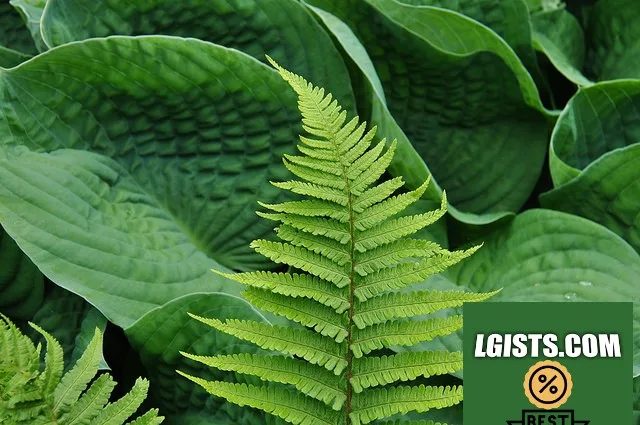The green pigment chlorophyll is present in plants and vegetables. The chemical that gives plants their green hue is chlorophyll. During the biological process known as photosynthesis, it aids plants in absorbing energy and obtaining nutrients from sunlight. Many green foods contain chlorophyll, and some individuals take it as a supplement or apply it topically. Its health advantages might include boosting energy, healing wounds, and combating some diseases.
Benefits
Chlorophyll has been shown to provide health advantages in people in addition to its role in keeping plants and vegetables healthy. It is regarded as a natural antioxidant source. According to certain medical research, it may aid in the management of certain skin diseases, the prevention of some malignancies, and the management of body smells.
Application to a New Problem
According to studies, topically applied chlorophyll can aid in making soar go faster. Through the use of chlorophyll for its artery architectural research has extended back to the 1950s. Some doctors still use chlorophyllin, a topical chlorophyll-containing medication, to treat various ailments and remove some of the smells related to open wounds. Topical chlorophyll was used to treat acne in early studies, with encouraging reports. It can also be used as an anti-aging therapy to help reduce photoaging symptoms (degeneration caused by solar radiation). Other studies have shown that the antioxidant capabilities of chlorophyll may protect against cancer.
 |
| What Is Chlorophyll? |
Internal Use
When chlorophyll is used as a supplement, whether in liquid, powder, or pill form, there is less evidence to support its health advantages. Liquid chlorophyll has been termed a “blood builder” by some researchers, alluding to its ability to boost red blood cell quantity and quality. When sodium ferrous chlorophyll (which includes iron, which chlorophyll typically lacks) was given to hemodialysis patients, small research indicated a benefit. Hemoglobin, a protein component of red blood cells that binds to and transports oxygen across a person’s body, is chemically similar to chlorophyll. It has been claimed that it may help with anemia-related symptoms such as fatigue, poor energy, and dizziness. However, because chlorophyll lacks iron, it is ineffective in the treatment of iron deficiency anemia.
The ability of the liver to eliminate toxins and waste from the body has also been proven to be enhanced by chlorophyll. The cancer-fighting ability of chlorophyll has only been studied in animals, but the findings suggest that chlorophyll and its derivatives may help prevent and delay cancer progression. The above includes biological chlorophyll obtained from a green-vegetable-rich diet. Analysts think because chlorophyll offers many more health advantages than have been discovered, including the potential for bodily deodorization.
Here are some of the topics that have shown significant early success however require further investigation:
- Improvement indigestion
- help from constipation
- Reduction of inflammation, particularly in the case of arthritis
- Benefits of anti-aging
- Yeast decrease in Candida patients
- Increased vitality
- Hormonal equilibrium
- Relief from fibromyalgia
- Lose weight
Uses
Not just whether you take a chlorophyll supplement, scientists and nutritionists believe that most of us would benefit by including chlorophyll-rich plants in our diets. Chlorophyll is abundant in dark-green leafy plants. After all obviously, before dramatically altering your eating habits or adding supplements, consult your healthcare practitioner or specialist.
Vegetables high in chlorophyll include:
- Parsley
- Alfalfa
- Arugula
- Wheatgrass
- Seaweed
- Spirulina
- Spinach
- Greens Collards
- Broccoli
- Asparagus
Matcha is a powdered green tea that comes in a variety of flavors. You may not be a big lover of vegetables, but you still want to make sure you’re getting enough chlorophyll in your diet. Pistachios, hemp seeds, parsley, basil, and cilantro are just a few examples of foods high in chlorophyll. Green apples, kiwi, and green grapes are examples of fruits that can be used. Keep in mind that juicing at home or undertaking a juice cleanse (drinking squeezed vegetable juices) will likely boost your chlorophyll consumption.
Supplements
Taking a chlorophyll supplement in the form of a pill, capsule, or liquid droplet is another way to get more of the chemical. Spinach material, white tea, barley, spirulina, grain grass, spirulina, and colorful algae are all dietary remedies that include chlorophyll. It’s also popular as a “wheatgrass shot,” which is strong in photosynthesis and commonly accessible at juice bars and other health food stores. Wheatgrass’ detoxifying properties are enhanced by chlorophyll, amino acids, vitamins, minerals, and enzymes.
- Nausea
- Cramping in the intestines Diarrhea
- Stools that are discolored (typically green).
- Vomiting
Keep in mind that the US Food and Drug Administration (FDA) does not regulate or suggest a daily intake for chlorophyll supplements, so it’s conceivable that if you take too much or it’s labeled incorrectly, chlorophyll can be hazardous. If you’re taking any prescription medications, check with your doctor first since chlorophyll supplements may interact with them, especially ones that induce photosensitivity (increased sensitivity to the sun).
Lists Media has a few words to say.
Chlorophyll may provide a number of health advantages, but the evidence for most of them is lacking, and further study is needed. A few really users may feel that increasing their chlorophyll intake or taking supplements improves their mood or helps them manage health problems like anemia.
Individuals could choose to avoid some of the negative consequences of ingesting large amounts of chlorophyll, including green-tinged feces. In any event, it’s just a smart option to talk to your doctor about bringing new multivitamin pills or foods to your diet before adopting them into your regular activities.



.jpeg)

.jpeg)
No comments:
Post a Comment